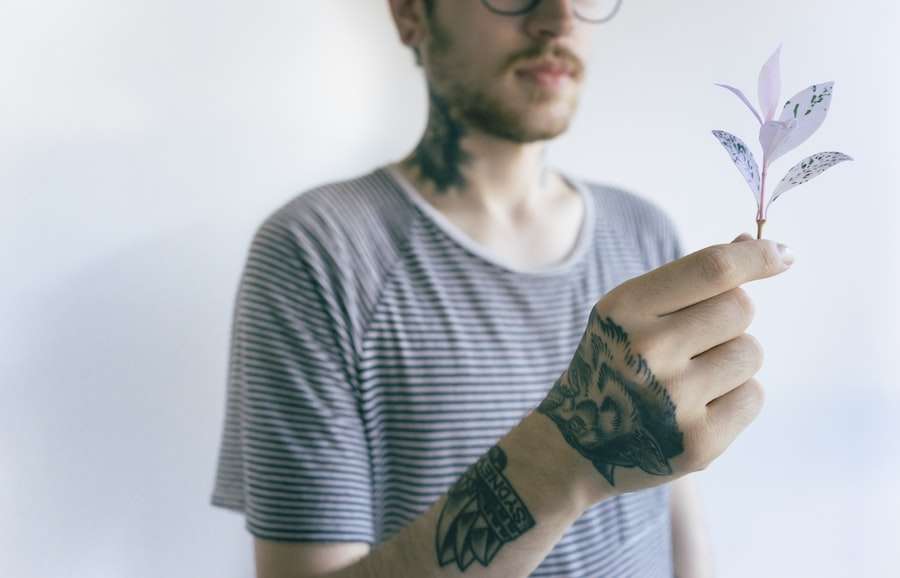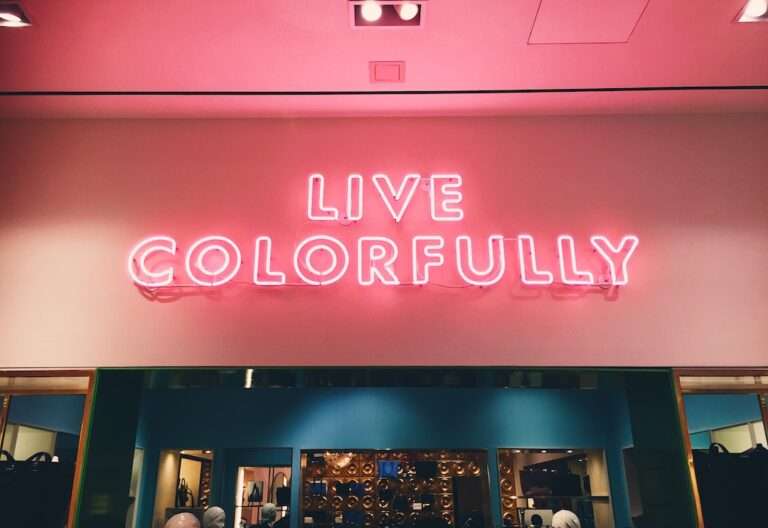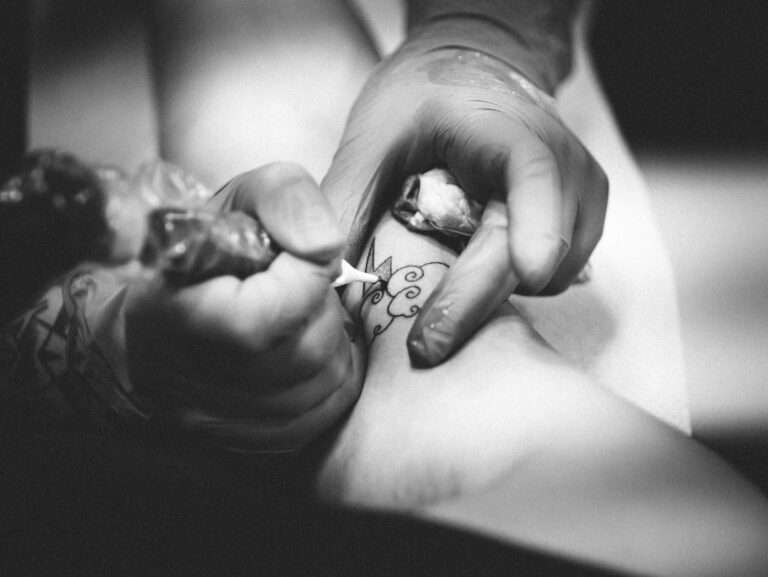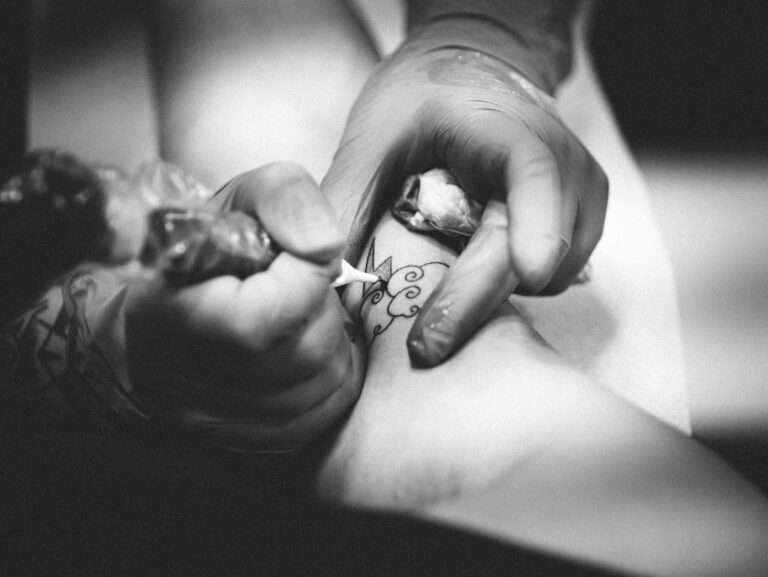Celtic Tattoos: A Comprehensive Guide

Celtic tattoos have become increasingly popular in recent years, with people from all walks of life embracing the intricate designs and rich symbolism associated with this ancient art form. From knots and spirals to animals and mythical creatures, Celtic tattoos offer a wide range of options for those looking to express their individuality and connect with their heritage. In this article, we will explore the meaning behind Celtic tattoos, delve into their history and evolution, discuss different styles and designs, provide tips for choosing the right tattoo, explore placement options, explain the tattooing process, navigate the debate surrounding cultural appropriation, discuss the significance of color, offer aftercare tips, and ultimately encourage readers to embrace the beauty and power of Celtic tattoos.
The Meaning Behind Celtic Tattoos: A Deep Dive into Symbolism
Celtic symbols hold deep meaning and are often associated with concepts such as strength, protection, and spirituality. The intricate knots and interwoven patterns found in Celtic tattoos are believed to represent the interconnectedness of life and the eternal cycle of birth, death, and rebirth. The endless loops and spirals symbolize the continuity of life and the interconnectedness of all things. Other common symbols include animals like dragons and wolves, which represent power and protection, as well as mythical creatures like the Celtic knotwork dragon, which symbolizes wisdom and transformation.
A Brief History of Celtic Tattoos: Origins and Evolution
Celtic tattoos have a long history that dates back thousands of years. The Celts were an ancient group of people who inhabited parts of Europe from around 1200 BCE to 400 CE. They were known for their intricate artwork, which included elaborate metalwork, jewelry, and tattoos. The Celts believed that tattoos had magical properties and could protect them from harm. They would often tattoo themselves with symbols that represented their beliefs or served as a form of identification.
Over time, Celtic tattoos have evolved and adapted to different cultures and artistic styles. In the early days, Celtic tattoos were primarily done using a technique called hand-poking, where a sharp object was used to manually insert ink into the skin. Today, modern tattoo machines are used, allowing for more precise and intricate designs. Celtic tattoos have also become more popular among people of all backgrounds, not just those with Celtic heritage. This is a testament to the enduring appeal and universal symbolism of these ancient designs.
The Different Styles of Celtic Tattoos: Knots, Spirals, and More
Celtic tattoos come in a variety of styles, each with its own unique characteristics and symbolism. One of the most recognizable styles is the Celtic knotwork, which features interwoven lines that create intricate patterns. These knots can be simple or complex, and each has its own meaning. For example, the Trinity knot represents the Holy Trinity in Christianity, while the endless knot symbolizes eternal love and friendship.
Another popular style is the Celtic spiral, which represents growth, transformation, and the cyclical nature of life. Spirals can be found in many ancient Celtic artifacts and are often incorporated into tattoo designs as a symbol of personal growth and spiritual journey.
Other common styles include animal motifs such as dragons, wolves, and birds. These animals are often depicted in a stylized manner, with intricate knotwork patterns incorporated into their bodies. These tattoos symbolize strength, protection, and connection to nature.
Choosing the Right Celtic Tattoo Design: Factors to Consider
When choosing a Celtic tattoo design, there are several factors to consider. First and foremost, think about the symbolism behind the design and how it resonates with you personally. Do you connect with the meaning behind the knotwork or spiral? Does a particular animal symbolize something important to you? Take the time to research different symbols and their meanings to find one that aligns with your values and beliefs.
Another factor to consider is the size and placement of the tattoo. Celtic tattoos can be done in a variety of sizes, from small and discreet to large and bold. Think about where you want the tattoo to be placed on your body and how it will complement your existing tattoos or personal style. Keep in mind that larger tattoos may require more time and sessions to complete, so be prepared for the commitment involved.
The Best Body Parts for Celtic Tattoos: Placement Tips and Ideas

Celtic tattoos can be placed on almost any part of the body, but some areas are more popular than others. The upper arm, forearm, and shoulder are common choices for Celtic tattoos, as they provide a large canvas for intricate designs. The back is also a popular choice, especially for larger tattoos that require more space.
For those looking for a more discreet option, the wrist, ankle, or behind the ear can be great choices. These areas allow for smaller, more subtle designs that can be easily hidden if desired.
If you’re feeling adventurous, consider getting a Celtic tattoo on a less traditional body part. For example, a Celtic knotwork design on the ribcage or a spiral tattoo on the thigh can create a unique and eye-catching look.
The Celtic Tattooing Process: What to Expect
Getting a Celtic tattoo is an exciting experience, but it’s important to know what to expect during the tattooing process. Before your appointment, make sure you have thoroughly researched your chosen tattoo artist and their portfolio. Look for an artist who specializes in Celtic tattoos and has experience with the style and symbolism associated with them.
On the day of your appointment, arrive well-rested and hydrated. Make sure to eat a good meal beforehand to keep your energy levels up during the tattooing process. Your tattoo artist will begin by cleaning and preparing the area where the tattoo will be placed. They will then transfer the design onto your skin using a stencil or freehand technique.
Once the design is in place, the tattoo artist will begin the tattooing process. This involves using a tattoo machine to insert ink into the skin, following the lines of the design. The process can be uncomfortable, but most people find it manageable. If you’re feeling particularly sensitive, you can ask your tattoo artist to take breaks or use numbing cream to help alleviate any discomfort.
After the tattoo is complete, your artist will clean and bandage the area. They will provide you with aftercare instructions, which typically involve keeping the tattoo clean and moisturized while it heals. It’s important to follow these instructions carefully to ensure proper healing and minimize the risk of infection.
Celtic Tattoos and Cultural Appropriation: Navigating the Debate
Cultural appropriation is a complex and sensitive topic when it comes to Celtic tattoos. Some argue that getting a Celtic tattoo without any connection to Celtic culture is disrespectful and appropriative. Others believe that tattoos are a form of personal expression and that anyone should be able to get a tattoo that resonates with them, regardless of their cultural background.
To navigate this debate respectfully, it’s important to educate yourself about Celtic culture and symbolism. Take the time to learn about the history and meaning behind Celtic tattoos, and approach the subject with sensitivity and respect. If you do not have Celtic heritage but still feel drawn to Celtic symbols, consider finding ways to honor and appreciate Celtic culture without appropriating it. This could involve learning more about Celtic history, supporting Celtic artists and artisans, or engaging in cultural exchange in a respectful manner.
The Significance of Color in Celtic Tattoos: Traditional and Modern Interpretations
Color plays an important role in Celtic tattoos, adding depth and vibrancy to the designs. Traditionally, Celtic tattoos were done in black ink, as this was the most readily available color during ancient times. Black ink is still commonly used today and can create a striking and bold look.
However, many people choose to incorporate color into their Celtic tattoos to add a personal touch and enhance the symbolism of the design. Each color has its own significance and can convey different emotions or meanings. For example, green is often associated with nature and fertility, while red symbolizes passion and strength. Blue is often associated with spirituality and wisdom, while yellow represents joy and happiness.
When choosing colors for your Celtic tattoo, consider the overall meaning and symbolism of the design. Think about how different colors can enhance or alter the message you want to convey. Work closely with your tattoo artist to select the right colors that will bring your design to life.
Maintaining Your Celtic Tattoo: Aftercare Tips and Best Practices
Proper aftercare is crucial for maintaining the longevity and vibrancy of your Celtic tattoo. Immediately after getting your tattoo, your artist will clean and bandage the area. It’s important to leave the bandage on for the recommended amount of time to protect the tattoo from bacteria and other contaminants.
Once you remove the bandage, gently wash the tattoo with mild soap and warm water. Pat it dry with a clean towel, being careful not to rub or irritate the area. Apply a thin layer of fragrance-free moisturizer or tattoo aftercare balm to keep the skin hydrated and promote healing.
Avoid exposing your tattoo to direct sunlight or soaking it in water for at least two weeks after getting it done. This includes avoiding swimming pools, hot tubs, and long showers. It’s also important to avoid picking or scratching at the tattoo, as this can lead to scarring or infection.
As your tattoo heals, it may go through various stages, including peeling, itching, and fading. This is normal and part of the healing process. Avoid picking at any scabs or flakes that may form, as this can pull out the ink and affect the final result.
Final Thoughts: Embracing the Beauty and Power of Celtic Tattoos
Celtic tattoos are more than just beautiful designs; they are a way to connect with ancient traditions and express your individuality. Whether you have Celtic heritage or simply appreciate the rich symbolism and intricate artwork, Celtic tattoos offer a wide range of options for self-expression.
By understanding the meaning behind Celtic symbols, respecting the history and culture associated with these tattoos, and taking proper care of your tattoo, you can embrace the beauty and power of Celtic tattoos for years to come. So, if you’re considering getting a Celtic tattoo, take the time to explore different designs, find a reputable artist, and make a choice that truly resonates with you.
If you’re interested in Celtic tattoos and their meanings, you might also enjoy exploring the symbolism behind stars. Stars have been revered in various cultures throughout history, representing guidance, spirituality, and enlightenment. To delve deeper into the symbolism of stars, check out this fascinating article on SymbolismHub. Discover how stars can add an extra layer of significance to your Celtic tattoo design.
FAQs
What are Celtic tattoos?
Celtic tattoos are designs that are inspired by the art and culture of the ancient Celts, who lived in Europe over 2,000 years ago.
What are some common Celtic tattoo designs?
Some common Celtic tattoo designs include knots, crosses, spirals, animals, and trees. These designs often have intricate patterns and are highly symbolic.
What do Celtic tattoos symbolize?
Celtic tattoos can symbolize a variety of things, including strength, courage, loyalty, family, and spirituality. The specific meaning of a Celtic tattoo can depend on the design and the individual who wears it.
What is the history of Celtic tattoos?
Celtic tattoos have a long history, dating back to the ancient Celts who used tattoos as a form of identification and decoration. In modern times, Celtic tattoos have become popular among people of all backgrounds who are drawn to the intricate designs and rich symbolism.
What should I consider before getting a Celtic tattoo?
Before getting a Celtic tattoo, it’s important to research the design and its meaning to ensure that it aligns with your personal values and beliefs. You should also choose a reputable tattoo artist who has experience with Celtic designs and can create a high-quality tattoo.





